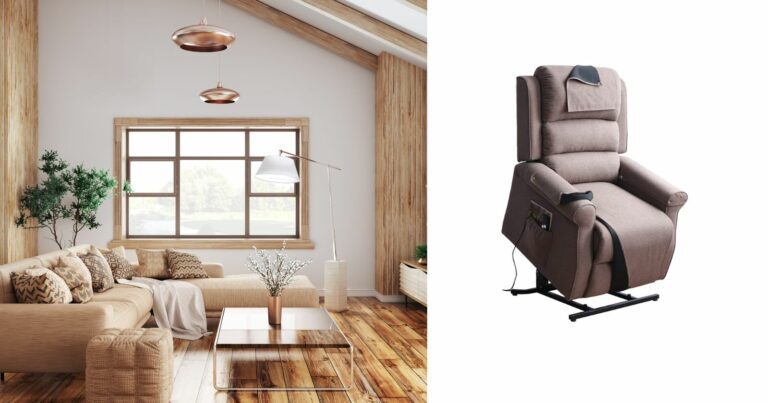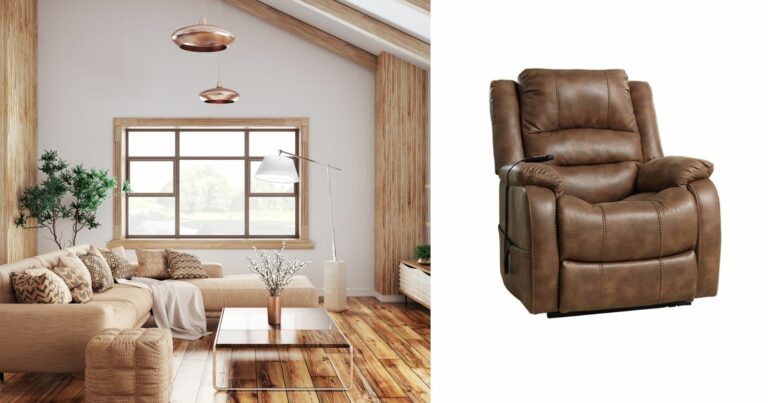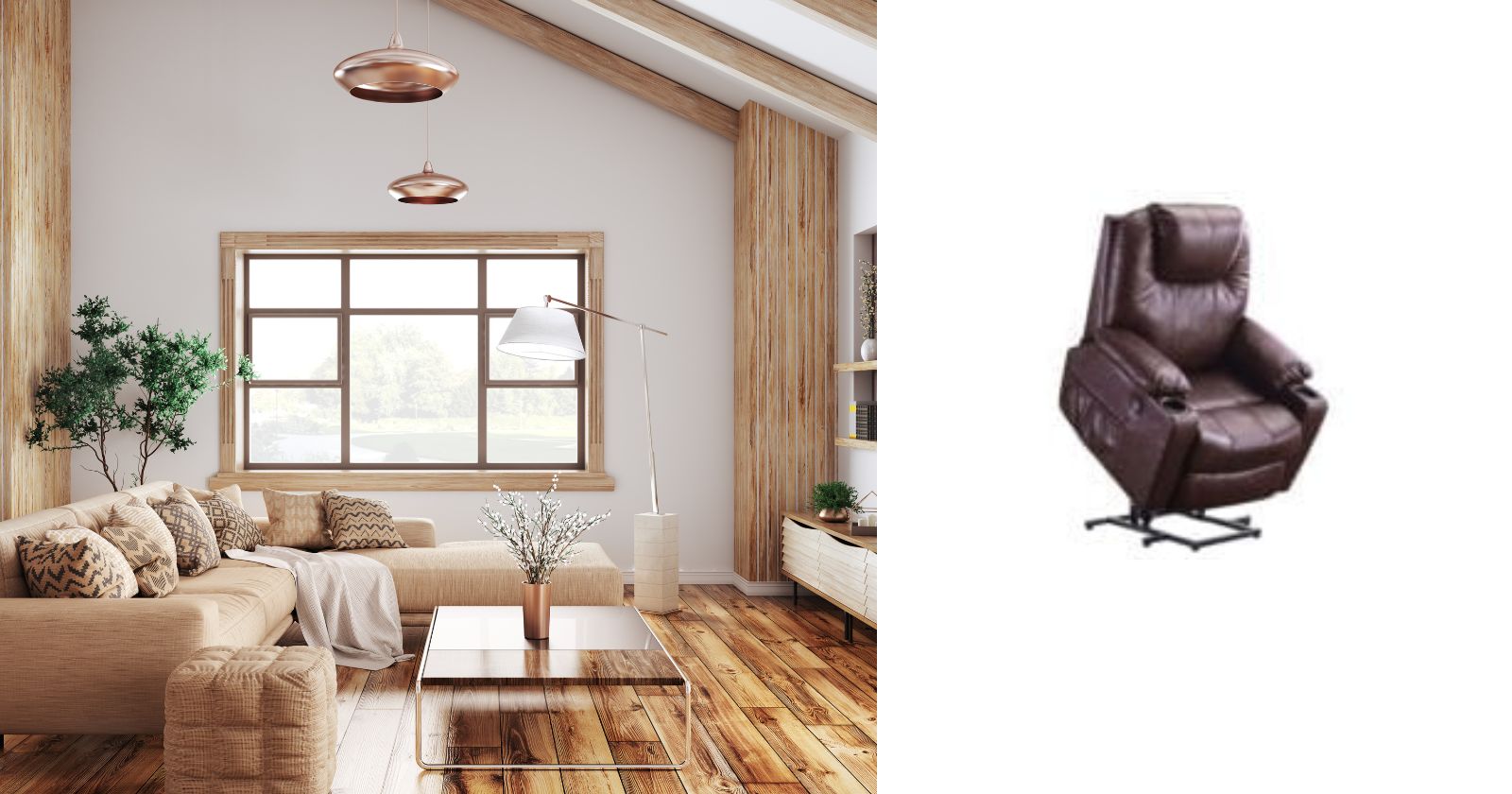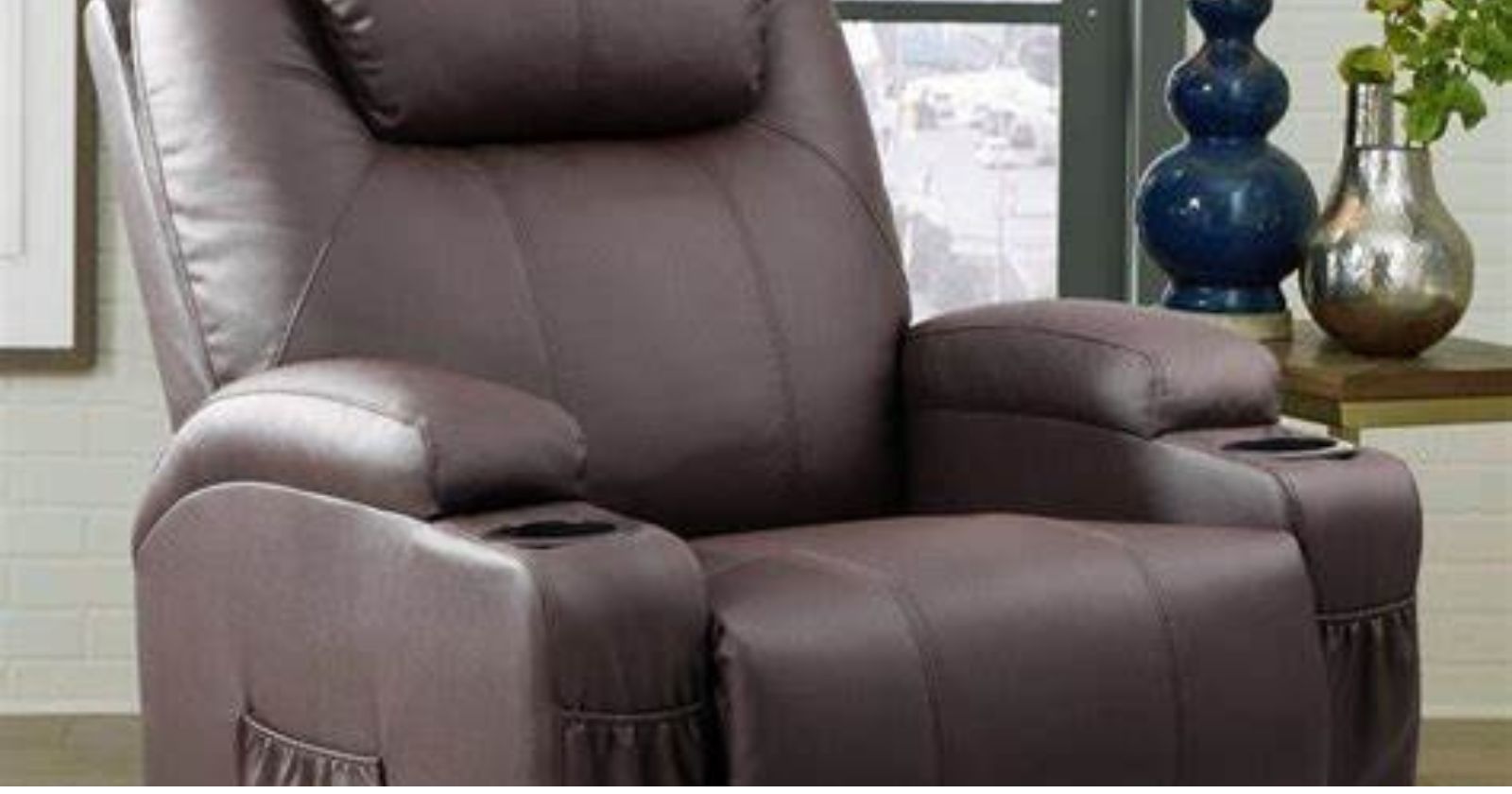Looking for How To Clean A Power Lift Chair? This Review Reveals the best ways to clean a power lift recliner.
It is important to protect your investment in a power lift recliner. Part of this protection is to clean the recliner assuring the material will last longer and look better.
In this article, we’re reviewing the effective way to clean a power lift recliner in 2021. Click here is another article to help you
How To Clean A Power LIft Chair: Effective… Safe… Affordable…
Why You Need To Clean A Recliner
From spills to the long-term collection of dust and dirt, the occasional vacuuming or wipe down of a recliner is rarely enough to keep it a satisfactory level of “clean.” It’s recommended that you deep clean your recliner at a minimum twice a year to keep the material from discoloring, and to ward off any hard-to-remove smells and permanent stains.
In some cases, the homeowner will want to call a professional. Perhaps the upholstered chair is particularly dirty, or perhaps it is expensive an antique, or some other high-value object. But, in most cases, the homeowner would prefer doing it themselves to save money and the headache of having professionals cleaners in their home.
Every material is different! If you have any doubts about how best to clean your recliner, check the owner’s manual, company website, or some other trusted resource.
It Is Best To Vaccum First
Independent of the type of material your recliner is made of, the first step should be to clean off all loose dust and debris with a vacuum. After all, what good is a nice clean seat cushion when the fabric that holds it is filthy with dust? This will also prevent the buildup of dirt or grime that will only be harder to remove later on, and which can cause staining or discoloration.
It’s also important to make sure you flip the chair over and get all the dust that has accumulated in the reclining mechanism. This can require a little bit of “elbow grease,” but will ultimately help prevent corrosion and keep the chair looking (and smelling) nice. This is especially true of “automatic” or “motorized” recliners, as the dust can become trapped in the motor and cause all manner of problems down the line, including some that are quite dangerous.
Make Sure you have someone strong enough to do the task.
Dealing With Faux Leather and Vinyl Recliners
While far less inexpensive than real leather, “faux” leather and certain types of vinyl can offer a good alternative. But, these types of material can accumulate stains, dust, and discolorations much like any other, and need a good healthy deep cleaning now and again.
Too much heat can cause these materials to melt or warp, and too much water can cause them to crack over time, the methods for cleaning these types of materials are a bit different.
Here 2 ways to clean:
Mild detergent solution
Soap and Water – for this method, you will need some warm water in a bucket, a few teaspoons of mild dish detergent, some rags, and some paper towels.
(1) Prepare the water by adding the soap and mixing the two in the bucket.
(2) Dip a clean rag into the solution and wring out the excess water.
(3) Begin using the cloth on the smooth surfaces of the chain, taking care to use fresh water with each pass and to get into the nooks and crannies. (4) Use the paper towels to wipe off any excess water, then allow the recliner to air dry completely.
Soap, Water, and Polish
If you’re interested in spending a few extra dollars, there are special polishes out there designed for faux leather and vinyl. These have been shown to protect the material over time while helping it retain some of its lusters, but they are by no means essential to the cleaning process. To apply, follow steps 1-4 above. After the surface is completely dry, use a clean rag to apply polish to the surface of the chair.
Special Care For Real Leather Recliner
Real leather is much more expensive than the previous materials, and many people would much rather consult a professional than risk damaging such a pricey item. If you are careful, you can certainly do the job yourself, and use products specifically designed for real natural leather.
(1) Mix together white vinegar and water in equal parts.
(2) Using a clean rag and a bucket of the aforementioned solution, begin wiping all the leather sections of the chair.
(3) Wipe the material dry with paper towels, making sure that no moisture remains at all, as it can seriously damage leather over time.
(4) Apply a leather conditioner or cream to help keep the natural material healthy in between cleanings.
The Complexity Of Dealing With Upholstered Recliners
Without a doubt, the vast majority of recliners on the market today are going to feature some sort of upholstery. With this type of material, there are a couple of different ways to approach the project, but it’s still best to know exactly what kind of upholstery you’re dealing with before applying any sort of solution to it that might damage it. For instance, some materials will be water safe, in which a mild soap or detergent is all that can be applied, while others are safe for a more professional solvent to be used.
In order to be sure you’re not doing more harm than good, make sure you know which type of upholstery you’re working on.
Cleaning Water Safe Upholstery
(1) Vacuum the recliner thoroughly.
(2) Mix a combination of warm water and mild detergent (dish or laundry) in a bucket.
(3) Using a clean rag and wringing it out in between passes, begin wiping the upholstery with the solution.
(4) When encountering any stains or discoloration, use the cloth to scrub them deeply or employ a soft-bristled brush
(5) Dip a separate cloth in water, and use it to pass over the recliner again removing any excess soap residue.
(6) Use a light-colored towel to soak up any excess water from the fabric.
(7) Allow the chair to air dry completely.
Cleaning Solvent Safe Upholstery
(1) Vacuum the recliner thoroughly.
(2) Spray the recliner with a solvent-based cleaner specifically-designed for upholstery. Each cleaner will have a recommended “set time” – be sure to follow it.
(3) Use a soft-bristled brush to scrub the recliner, removing any embedded dirt or other material.
(4) Using a clean cloth and water, remove both the scrubbed dirt and any residue of the cleaning solvent.
(5) Use a light-colored towel to soak up any excess water from the fabric.
(6) Allow the chair to air dry completely.
Steam Cleaning Upholstery
(1) Vacuum the upholstery to loosen any embedded dirt and remove any excess.
(2) Test the upholstery to make sure the material does not react negatively to the steam cleaning.
(3) Using the upholstery attachment and the correct mixture of cleaning solution, begin using the steam cleaner on the recliner in smooth, even downstrokes.
(4) Make sure the upholstery is not left too wet by the process, but slightly damp.
(5) Do each section of the upholstery at a time to make sure you don’t miss any spots. Continuing until you cover the entire recliner.
(6) Allow the chair to air dry for a minimum of 4 hours.
Using Vinegar to Clean Upholstery
(1) After vacuuming the recliner as always, mix together 1 part white vinegar with 1 part warm water.
(2) Using a clean rag, apply the solution to the chair, taking care not to use too much or too little, but enough to let the vinegar lift the stains and dirt.
(3) Reapply the solution until the upholstery appears dirt free, and dab – don’t scrub – when encountering stains.
(4) Allow the vinegar to evaporate over the course of several hours.
(5) Using a clean wet rag, remove any excess dirt from the recliner.
(6) Use a light-colored towel to soak up any excess water from the fabric.
(7) Allow the chair to air dry completely.
Regular Maintenance Is A Good Idea
While this sort of deep cleaning is only required twice a year or so, it’s important to make sure you’re keeping up with the everyday maintenance of your recliner. This means dusting and vacuuming away dirt and before they become a “permanent resident” in the material. In most cases, running the vacuum over the chair weekly should be enough to keep it in good condition.
Other Places For You To Explore
Explore
Conclusion
It’s important to evaluate the situation based on these factors, as not every person will have the same amount of time, money, and available materials. Furthermore, not every chair will have the same amount of embedded dirt and dust. Once you know how much time and effort you can put into the job, you can then choose one of the following common methods described above.
Good Luck…
Here Are Some Power Lift Recliners:
[amazon bestseller=”cleaning power lift recliners”]






